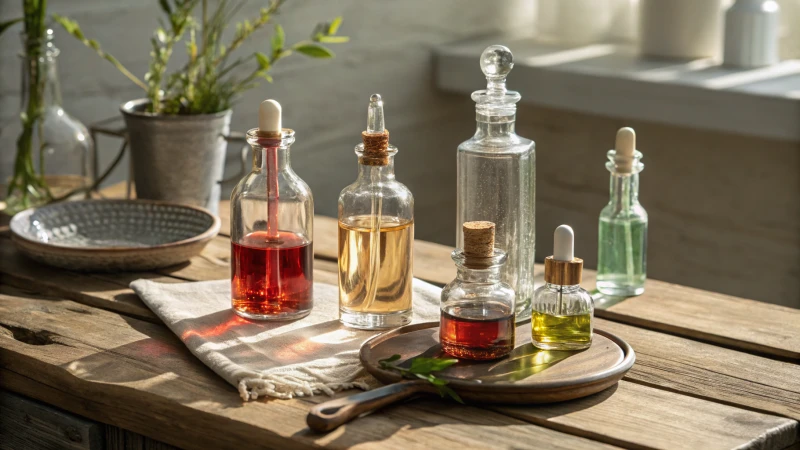
Ever wonder why some glass dropper bottles cost more than others?
The price of glass dropper bottles hinges on several factors like the type of glass used, the precision in dropper design, production methods, and current market demand. Grasping these elements is crucial for balancing product quality with competitive pricing.
When I first delved into the world of glass dropper bottles, I was amazed by how much went into pricing them. Each factor, from the quality of glass to the intricacies of dropper design, reveals layers of complexity. Understanding these can unlock ways to keep costs down while still delivering top-notch products. Let’s take a closer look at what really drives those prices.
Material compatibility affects glass dropper bottle prices.True
Different materials can impact production costs and durability.
Dropper design precision has no impact on bottle pricing.False
Precision in design can increase manufacturing complexity and costs.
How Does Material Choice Affect Glass Dropper Bottle Costs?
Ever thought about how the choice of materials for glass dropper bottles can make or break your budget? It’s not just about picking a pretty bottle; it’s about balancing cost with quality and functionality.
Material choice affects glass dropper bottle costs through its influence on chemical compatibility, UV protection, and production processes. Selecting appropriate materials ensures product safety and brand integrity while optimizing costs.
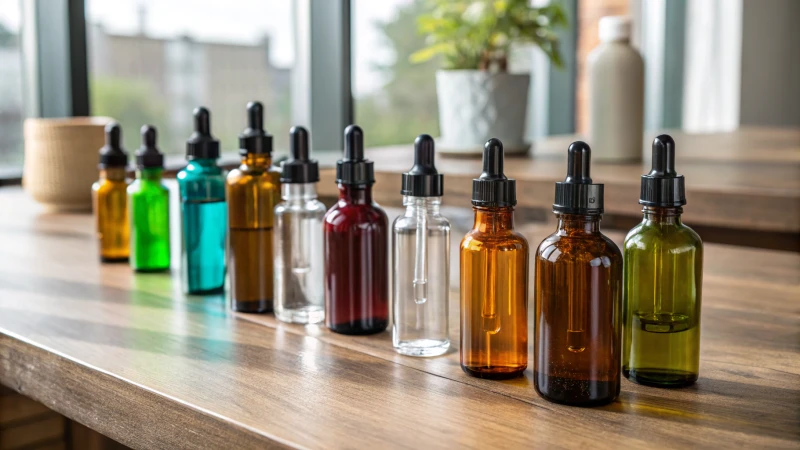
The Role of Glass Type in Cost Determination
I remember the first time I had to choose between amber1, blue, and clear glass for my dropper bottles. It was like picking a flavor of ice cream, each with its unique twist. Amber and blue glasses are fantastic for offering UV protection—ideal for those light-sensitive serums we all love. However, they can be pricier. Clear glass is the economical option but doesn’t offer the same level of protection. That time, I decided to invest in amber glass because I realized that protecting the product was worth the extra cost in the long run.
| Glass Type | Key Feature | Cost Impact |
|---|---|---|
| Amber | UV Protection | Higher |
| Blue | Aesthetic Appeal | Moderate to Higher |
| Clear | Cost-Effectiveness | Lower |
Impact of Mold Quality on Production Costs
Once, a batch of dropper bottles arrived with slight imperfections—an expensive lesson in mold quality! High-quality molds are crucial for consistency, and believe me, having a trusted supplier makes all the difference. I now always ensure that any molds used are top-notch and have maintenance plans in place to prevent these hiccups.
Choosing experienced suppliers with a track record for durable molds can mitigate these risks. It’s advisable to negotiate mold maintenance plans to ensure longevity and quality consistency.
Dropper Design: Balancing Cost and Functionality
The dropper mechanism is another biggie. A quality dropper is like having a reliable friend—always there when you need them. I learned this after a mishap with droppers that leaked more than they dispensed. Investing in precision droppers not only saved money by reducing waste but also improved customer satisfaction.
A comparison2 of dropper designs based on cost and functionality can help identify the most suitable option for specific needs.
Environmental Regulations and Their Cost Implications
Navigating environmental regulations can feel like walking through a maze blindfolded. The shift towards eco-friendly materials might seem costly upfront, but I’ve found it pays off in brand reputation and compliance savings. Always check your supplier’s compliance status to avoid any hidden costs down the line.
Regularly monitoring changes in environmental policies can help adjust procurement strategies effectively.
Capacity Choices and Their Influence on Pricing
Understanding market demand for bottle sizes has been a game-changer for me. It’s like reading the room at a party—you need to know what everyone wants! By customizing bottle capacities based on consumer preferences, I’ve managed inventory better and reduced unnecessary costs.
Engaging in market research to understand consumer trends3 can guide capacity decisions that align with current demands. This proactive approach aids in optimizing supply chain operations and cost management.
Amber glass bottles cost more due to UV protection.True
Amber glass offers UV protection, increasing its cost compared to clear glass.
High-quality molds increase production costs for bottles.False
High-quality molds reduce waste and defects, lowering long-term costs.
Why is Mold Quality Crucial for Pricing Consistency?
Ever wondered why mold quality can make or break your manufacturing pricing strategy? Let me walk you through how it all connects to your brand’s reputation and bottom line.
Mold quality is crucial for consistent pricing as it ensures uniform product production, reduces defects, and stabilizes costs. High-quality molds help maintain batch consistency, safeguarding your brand’s reputation and consumer trust.
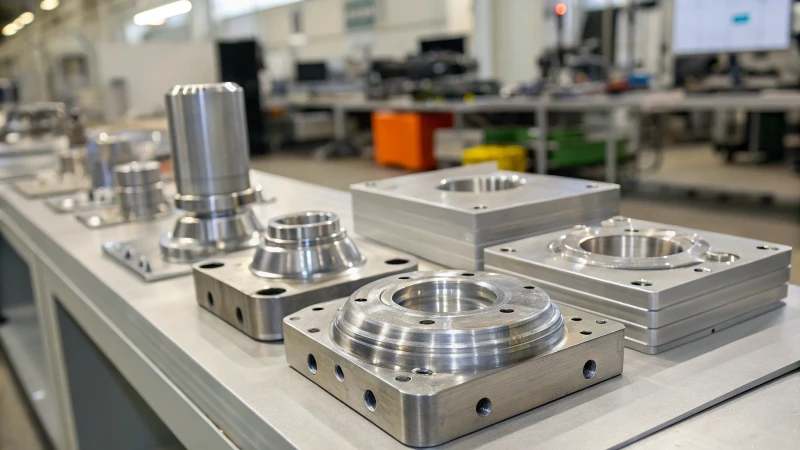
The Role of Mold Quality in Manufacturing
You know, I once faced a situation where a batch of products came out slightly warped—just a millimeter off but enough to throw the whole batch into question. That’s when I realized how vital the quality of molds is. Molds shape the final product in more ways than one: they define dimensions, surface finish, and structural integrity. And when they’re made from subpar materials or poorly designed, they can wear out quickly, leading to frequent replacements or repairs and driving up production costs. This can snowball into unexpected expenses4 that wreak havoc on pricing consistency.
Effects on Operational Efficiency
High-quality molds are like the unsung heroes of a smooth production line. They ensure that everything runs like clockwork with minimal interruptions. Fewer defects mean less wastage, which in turn allows for stable pricing. I remember a time when we switched to precision-engineered molds, and the difference was night and day—rework costs dropped, and efficiency skyrocketed.
Imagine a business continually battling defects due to mold inconsistencies. The hours spent fixing these could be better spent refining other aspects of production efficiency5, don’t you think?
| Aspect | Impact of Low-Quality Molds |
|---|---|
| Production Time | Increased due to rework |
| Material Waste | Higher due to defects |
| Maintenance Costs | Elevated due to repairs |
Impact on Supply Chain Stability
Supply chain hiccups often stem from inconsistent product quality. A high standard of mold quality is your ticket to reliable delivery schedules by keeping production timelines on track.
For B2B clients, especially those in the cosmetic industry, consistent mold quality is key to maintaining long-term supplier relationships. It helps avoid bottlenecks and backlogs—an absolute must if you’re sourcing from international markets6.
Brand Image and Customer Trust
Finally, mold quality isn’t just about production—it’s about perception. High-quality molds ensure products meet strict design standards, which in turn fosters consumer trust and enhances brand image. I’ve seen firsthand how attention to detail can set brands apart, especially in competitive markets like luxury packaging trends7. It’s not just about making something; it’s about making something that resonates with quality.
High-quality molds reduce production costs.True
They minimize defects and rework, lowering overall expenses.
Poor mold quality improves supply chain stability.False
It leads to inconsistencies, causing delays and disruptions.
How Does Dropper Design Affect Product Pricing?
Ever thought a simple dropper could make or break your product’s price tag? It’s not just a cap with a tube—it’s an unsung hero in the pricing game.
Dropper design plays a crucial role in product pricing by affecting user experience and brand perception. Well-crafted designs ensure precise dosage and minimize waste, increasing product value and customer satisfaction.
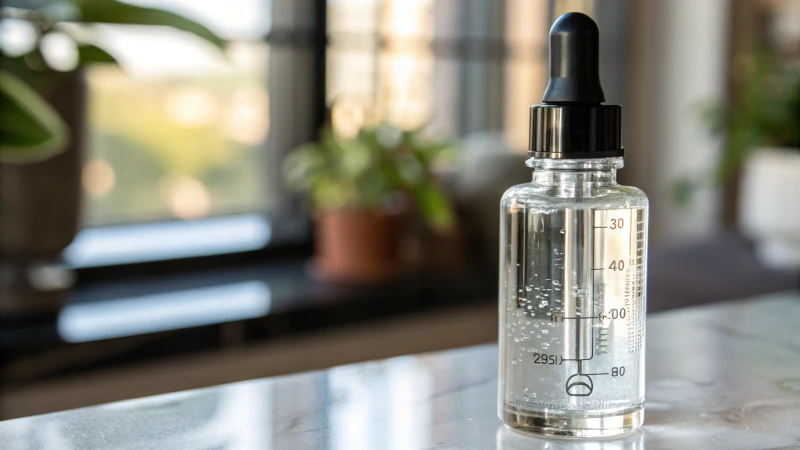
Precision and User Experience
I remember the first time I realized how much a well-designed dropper matters. It was during a frantic morning routine when I was trying to squeeze out just the right amount of serum. A precisely designed dropper made all the difference—it was like having the perfect tool in my hand. Droppers that ensure accurate dosage and prevent wastage are not just functional; they build trust. When consumers trust a product to deliver exactly what it promises, they’re more likely to see it as high-quality.
| Feature | Impact on Pricing |
|---|---|
| Precision | Enhances consumer trust and value |
| User Experience | Increases perceived product quality |
| Design Aesthetics | Justifies premium pricing |
Material and Manufacturing Costs
In my journey through the world of cosmetic packaging, I’ve learned that the materials used in droppers are just as critical as the design itself. Using high-grade materials like silicon ensures that products don’t leak or get damaged, which is a huge relief, especially when shipping products globally. Sure, these materials might cost more upfront, but they save money in the long run by reducing returns and enhancing consumer satisfaction. And let’s not forget the manufacturing precision—advanced molds can be costly but are worth it for that flawless design.
Environmental Impact
I’ve seen firsthand how consumers are increasingly demanding eco-friendly packaging. It’s one of those things you can’t ignore anymore. Investing in sustainable designs, even if they initially raise costs, can pay off by attracting eco-conscious buyers. These buyers appreciate brands that align with their values, which can justify a higher price point.
- Eco-friendly Materials: Appeal to a growing market segment.
- Regulatory Compliance: Avoids hidden costs associated with non-compliance.
Brand Perception and Market Positioning
Dropper design isn’t just about functionality—it’s about setting your brand apart. Innovative designs help position a brand as a leader in quality and innovation. I’ve noticed that brands known for their unique and efficient designs often use this reputation8 in their marketing strategies to attract discerning customers willing to pay more for perceived value.
In essence, while investing in top-notch dropper designs may add to initial costs, it significantly influences user experience, material quality, environmental compliance, and brand perception—all of which play substantial roles in determining product pricing. By prioritizing superior dropper designs, brands can boost their market appeal and justify higher prices.
Superior dropper design boosts product pricing.True
A well-designed dropper enhances user experience and brand perception, justifying higher prices.
Eco-friendly droppers decrease production costs.False
Sustainable designs often raise initial production costs but attract eco-conscious consumers.
How do environmental regulations impact glass bottle costs?
Have you ever wondered why your favorite glass bottles might be getting pricier? Environmental regulations could be a big part of the story.
Environmental regulations can drive up the costs of glass bottles by necessitating investments in eco-friendly materials and technologies. These compliance efforts often lead to higher initial production expenses but may reduce financial risks over time.
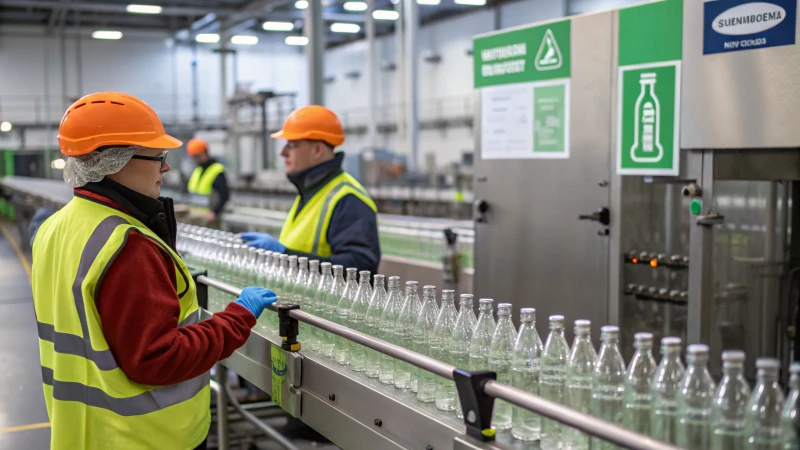
Compliance with Environmental Standards
When I first started delving into the world of glass packaging, I was amazed at how much effort goes into meeting environmental standards. It’s like trying to keep up with the latest fashion trends, but instead of designer clothes, it’s eco-friendly technologies. For example, using recycled glass sounds like a win-win, reducing carbon emissions while being kind to the planet. But let me tell you, it can be quite a challenge—like trying to fit a square peg in a round hole—because it often requires a hefty initial investment.
| Factor | Impact on Costs |
|---|---|
| Use of Recycled Materials | Increased initial investment |
| Emission Control Technologies | Higher operational expenses |
Market Dynamics and Consumer Demand
I’ve noticed that as more people become eco-conscious, the demand for sustainable packaging has skyrocketed. It’s fascinating how consumers today are voting with their wallets, pushing brands to adopt greener packaging solutions. Sometimes, this means choosing pricier options to enhance brand image9. It’s like upgrading from economy to first class; it might cost more, but the benefits can outweigh the price.
Supply Chain Adjustments
Navigating the supply chain can feel like playing a game of chess. Suppliers need certifications to prove their commitment to green practices, which often means tweaking logistics—perhaps sourcing materials from certified suppliers who charge a premium. It’s a bit like choosing organic produce over regular; it tastes better but also costs a bit more.
Suppliers may need certifications proving their adherence to environmental standards10. This can lead to increased costs due to changes in logistics.
Long-term Cost Benefits
The silver lining? Although the upfront costs of complying with environmental regulations can be intimidating, they often lead to long-term savings. By avoiding legal pitfalls and taking advantage of tax incentives for sustainable practices, companies can eventually recoup these costs. Plus, adhering to environmental standards ensures continued access to markets with strict regulatory requirements11, which is crucial in today’s globalized economy.
Understanding these dynamics is essential for anyone navigating the economics of the glass bottle industry, much like having a map when exploring a new city.
Recycled glass reduces production costs.False
Recycled glass often involves higher initial costs due to technology investments.
Eco-friendly demand raises glass bottle prices.True
Sustainable packaging choices can increase costs to align with consumer values.
Conclusion
The price of glass dropper bottles is influenced by factors such as material type, dropper design precision, production methods, and market demand, impacting quality and competitiveness.
-
Discover how amber glass provides superior UV protection, enhancing product longevity by shielding contents from harmful light exposure. ↩
-
Explore a comparison of different dropper designs to find the most cost-effective option that ensures precise dispensing. ↩
-
Uncover current trends in packaging sizes to align product offerings with consumer preferences, optimizing inventory management. ↩
-
Explore how subpar mold quality leads to unforeseen costs in production, affecting overall pricing strategies. ↩
-
Learn how top-tier molds can enhance production processes by minimizing downtime and defects. ↩
-
Understand how maintaining high mold standards stabilizes supply chains, especially in global markets. ↩
-
Discover how premium brands leverage top-notch molds for superior packaging design. ↩
-
Understand how a strong brand reputation can justify premium pricing. ↩
-
Discover how eco-friendly packaging can enhance brand reputation and consumer trust. ↩
-
Learn about the types of certifications suppliers need to meet environmental standards. ↩
-
Understand how regulatory compliance can provide long-term financial advantages. ↩



